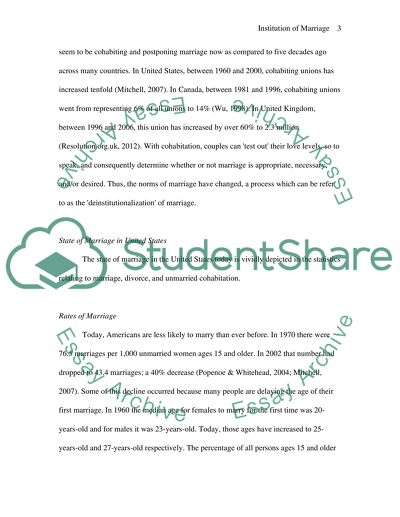Cite this document
(“Is the Institution of Marriage at Risk Research Paper”, n.d.)
Is the Institution of Marriage at Risk Research Paper. Retrieved from https://studentshare.org/psychology/1440961-is-the-institution-of-marriage-at-risk-yes
Is the Institution of Marriage at Risk Research Paper. Retrieved from https://studentshare.org/psychology/1440961-is-the-institution-of-marriage-at-risk-yes
(Is the Institution of Marriage at Risk Research Paper)
Is the Institution of Marriage at Risk Research Paper. https://studentshare.org/psychology/1440961-is-the-institution-of-marriage-at-risk-yes.
Is the Institution of Marriage at Risk Research Paper. https://studentshare.org/psychology/1440961-is-the-institution-of-marriage-at-risk-yes.
“Is the Institution of Marriage at Risk Research Paper”, n.d. https://studentshare.org/psychology/1440961-is-the-institution-of-marriage-at-risk-yes.


